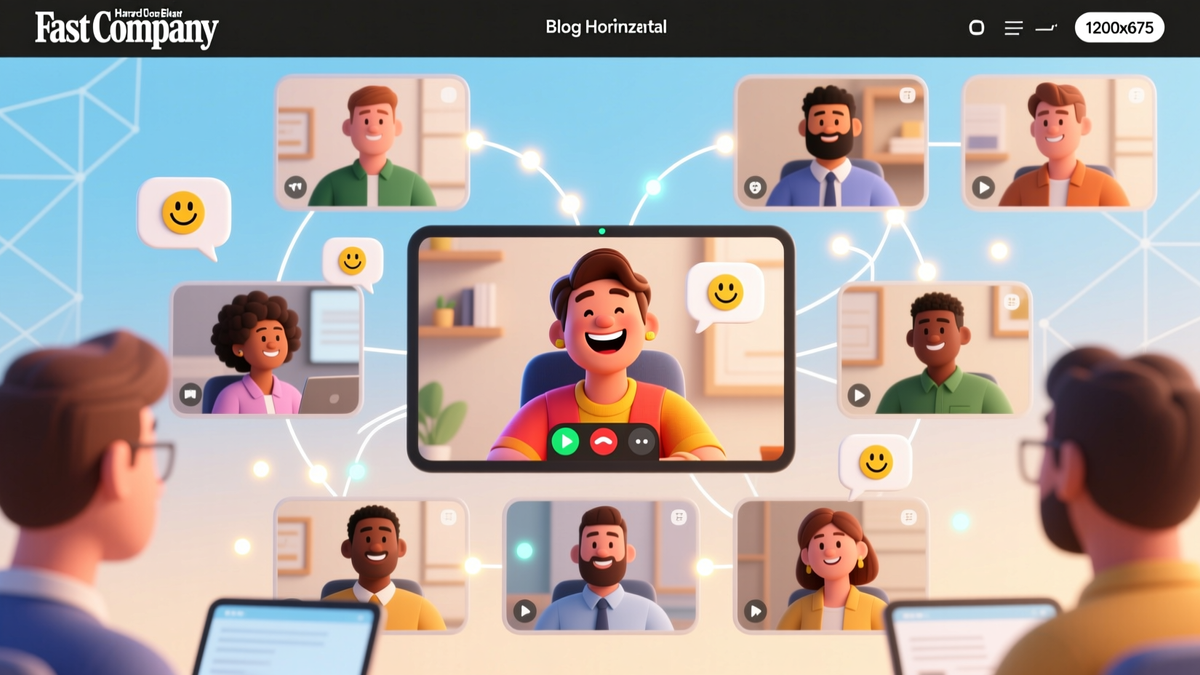
Mastering Remote Team Dynamics: Ice Breakers & Culture Building for Virtual Success
Transform remote teams with proven ice breakers, team building strategies, and culture-building techniques that boost engagement and collaboration.
Introduction: The New Frontier of Remote Team Dynamics

In 2023, 59% of global knowledge workers operated in hybrid or fully remote environments (Gartner). Yet, 72% of managers struggle to maintain team cohesion in virtual settings. This paradox highlights a critical leadership challenge: how do we transform digital interactions into meaningful connections? The answer lies in mastering remote team dynamics through intentional culture-building, engaging ice breakers, and strategic collaboration.
[IMAGE_PLACEHOLDER_1]Understanding Remote Team Dynamics
The Unique Challenges of Virtual Collaboration
Remote teams face three primary hurdles: communication latency (average 17% slower response times), trust gaps (34% report feeling isolated), and cultural fragmentation (Forrester Research). These challenges manifest in virtual meetings where 68% of participants admit to multitasking, reducing engagement effectiveness.
The Culture Catalyst in Distributed Teams
Strong remote work culture drives 3.8x higher employee retention (Owl Labs). Consider GitLab's success with 1,600+ remote employees: their 'all-remote' manifesto emphasizes transparency, asynchronous communication, and ritualized feedback loops, resulting in 92% employee satisfaction rates.
Ice Breaker Games: The Virtual Engagement Secret Weapon
Why Ice Breakers Matter in Remote Settings
Structured ice breakers increase meeting engagement by 45% (MIT Sloan). They counteract 'Zoom fatigue' by activating mirror neurons that foster social bonding. Best practices include time limits (5-7 minutes), tech-friendly formats, and rotating facilitators.
Top 5 Ice Breaker Games for Virtual Teams
- Two Truths & a Lie Reimagined: Participants share career-related truths and a fabrication (e.g., "I've led a team of 50", "I worked at a circus", "I speak 5 languages")
- Virtual Office Scavenger Hunt: Find items representing company values (e.g., "Show something that represents innovation in your workspace")
- Soundtrack of Your Workday: Share a 15-second audio clip representing your productivity vibe
- Emoji Storytelling: Describe last week's wins using 3 emojis
- Background Bingo: Create cards with remote work clichés (coffee mug, houseplants, cat) to check during video calls
Team Building Activities That Bridge the Distance
Designing Impactful Virtual Experiences
HubSpot's virtual team building program increased cross-department collaboration by 60% through activities like:
- Online escape rooms requiring role specialization
- Virtual cooking classes with regional team recipes
- Remote fitness challenges tracked via wearable integrations
Case Study: Automattic's Distributed Team Success
WordPress parent company Automattic onboards new hires with a 'Virtual Buddy System', pairing them with colleagues across departments for 30-day collaboration sprints. This created 23% faster time-to-productivity and 41% stronger interdepartmental networks.
Cultivating Remote Work Culture: Actionable Strategies
Building Rituals in Digital Workflows
Create cultural touchpoints through:
- Weekly 'Watercooler Hours' with themed discussions
- Monthly 'Fail Fest' sessions celebrating productive mistakes
- Quarterly virtual town halls with leadership Q&A
Technology as a Culture Amplifier
Leverage tools strategically:
- Donut Bot for Slack (automated coffee chats)
- Kudos platforms like Bonusly for peer recognition
- Mural for collaborative visual planning
Optimizing Virtual Meetings for Maximum Impact
The Anatomy of Effective Remote Meetings
Follow Google's 'Project Aristotle' framework:
- Start with a 5-minute psychological safety check-in
- Use 'talking tokens' (digital cards) to balance participation
- Implement 'action parking lot' for off-topic ideas
Data-Driven Meeting Improvements
Zoom's analytics dashboard revealed teams using ice breakers had 33% higher retention of meeting outcomes. Microsoft Teams' 'Together Mode' increased nonverbal engagement cues by 41%.
[IMAGE_PLACEHOLDER_4]Conclusion: Building Thriving Remote Teams
In this new era of work, success hinges on transforming virtual constraints into connection opportunities. By implementing strategic ice breakers, purposeful team building, and culture-driven practices, leaders can create remote teams that aren't just functional - they're extraordinary. Remember Buffer's journey: after adopting structured virtual engagement practices, they achieved 89% team cohesion scores and 25% faster project delivery.
Ready to transform your remote team dynamics? Start tomorrow's morning meeting with a 5-minute 'Gratitude Round' - you'll be surprised at the ripple effect it creates.
Last updated: November 16, 2025